
The Importance of Remote Team Monitoring for Compliance and Fair Assessment
In today’s digital age, remote work has become the norm rather than the exception. While this shift brings flexibility and global collaboration, it also introduces unique challenges - particularly around compliance and fair assessment of team performance. This blog post will explore why monitoring a remote workforce is increasingly vital, how it supports compliance, and how it fosters fair evaluation of employees.
1. Ensuring Regulatory Compliance
Data Protection and Privacy Laws
Remote teams often handle sensitive data - customer information, financial records, or proprietary files—from various locations and networks. Monitoring tools help:
- Track access to sensitive data to prevent unauthorized sharing.
- Detect suspicious login attempts or potential security breaches.
- Maintain audit trails that show who accessed data and when.
These records can be crucial for meeting regulations such as GDPR, HIPAA, or PCI DSS. By systematically monitoring your remote workforce, you reduce the risk of data leaks and ensure your organization remains compliant with legal frameworks.
Organizational Policies and Industry Standards
Aside from legal obligations, every company has its own set of internal policies. In heavily regulated industries (finance, healthcare, pharmaceuticals), remote work can complicate adherence to these policies:
- Network Usage: Monitoring ensures employees follow secure network protocols.
- Work Environment Requirements: Some roles demand controlled environments (e.g., private workspace for sensitive calls).
- Software License Compliance: Tracking software usage prevents violations of license agreements.
When employees are spread across different time zones and locations, monitoring tools serve as a unified way to verify that everyone abides by the same rules.
2. Promoting Fair and Consistent Assessment
Objective Performance Metrics
One of the greatest challenges in remote setups is fairly assessing performance. Without in-person interaction, it can be harder to gauge who is working productively versus who might be struggling. Monitoring tools help establish objective performance metrics such as:
- Task Completion Rates: How many assignments are finished within a given timeframe?
- Time Tracking: Hours worked can be logged automatically, reducing guesswork.
- Productivity Indicators: Data on app usage or project collaboration provides a clearer picture of an employee’s workload and efficiency.
These metrics help managers evaluate performance based on actual output rather than personal biases or subjective impressions.
Identifying Workload Imbalances
Remote team members may have varying levels of workload—some might be overwhelmed while others have capacity. Monitoring provides visibility into each individual’s tasks and bandwidth. This helps:
- Redistribute tasks fairly.
- Prevent burnout by detecting employees who consistently work late hours or weekends.
- Encourage collaboration among team members when someone needs help.
By ensuring everyone is operating under fair and balanced conditions, you foster a healthier, more equitable work environment.
3. Building Trust and Transparency
Open Communication About Monitoring
To maintain a positive remote work culture, it’s essential to communicate monitoring practices openly and transparently. This includes:
- Explaining what is being monitored (e.g., time logs, project management tools).
- Clarifying why it’s done (compliance, fairness, security).
- Outlining how the data will be used (performance reviews, resource allocation).
When employees understand the purpose behind monitoring, they are more likely to view it as a supportive tool rather than an invasion of privacy.
Balancing Privacy and Accountability
There’s a fine line between monitoring for legitimate business reasons and micromanaging. Overly invasive methods—like constantly capturing screenshots or recording keystrokes—can erode trust and create anxiety. Instead, organizations should:
- Limit monitoring to necessary data that aligns with compliance requirements and performance metrics.
- Use aggregated or anonymized data where possible to evaluate broader trends without singling out individuals unnecessarily.
- Maintain clear policies on how monitoring information is stored, accessed, and utilized.
Striking this balance helps preserve employee autonomy and fosters a culture where trust and accountability go hand in hand.
4. Implementing Effective Monitoring Strategies
Choose the Right Tools
There are many tools on the market for remote monitoring—from project management platforms to productivity trackers. The key is selecting a solution that aligns with your organizational needs, such as:
- Time Tracking Apps (e.g., Toggl, Harvest)
- Project Management Tools (e.g., Asana, Trello, Jira)
- Security and Compliance Suites (e.g., Vanta, Drata, or custom logging solutions)
Combine Quantitative and Qualitative Measures
While metrics are valuable, they don’t capture the whole story. Complement data-driven methods with qualitative feedback:
- Regular Check-ins: Schedule video calls for progress reports and morale checks.
- Peer Reviews: Encourage team members to provide feedback on each other’s contributions.
- Self-Assessment: Allow employees to reflect on their own performance and challenges.
This balanced approach ensures performance reviews consider both empirical data and human context.
Train Managers and Employees
Monitoring only works if everyone understands the tools, data, and goals:
- Manager Training: Teach managers how to interpret data ethically, maintain confidentiality, and communicate insights constructively.
- Employee Onboarding: Provide training on how to use time-tracking or project management systems, and clarify privacy policies.
Conclusion
Remote work has transformed modern business, offering flexibility and global talent access. However, it also raises questions about how to maintain compliance with regulations and fairly assess geographically dispersed employees. Remote team monitoring, done transparently and ethically, is a powerful way to ensure rules are followed and performance evaluations remain objective.
By selecting the right tools, balancing accountability with respect for privacy, and communicating openly, organizations can thrive in a remote environment—staying compliant, building trust, and equitably rewarding their teams for hard work and results.



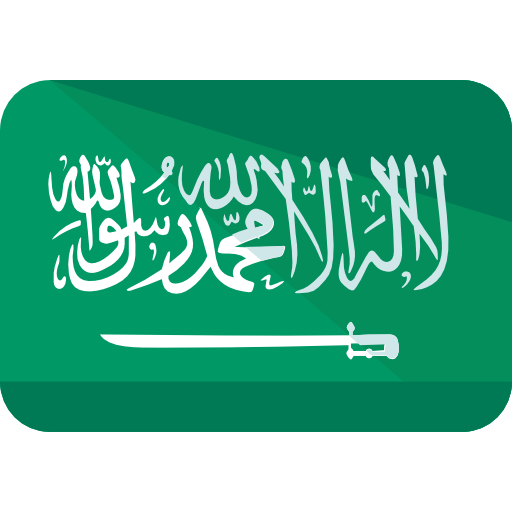


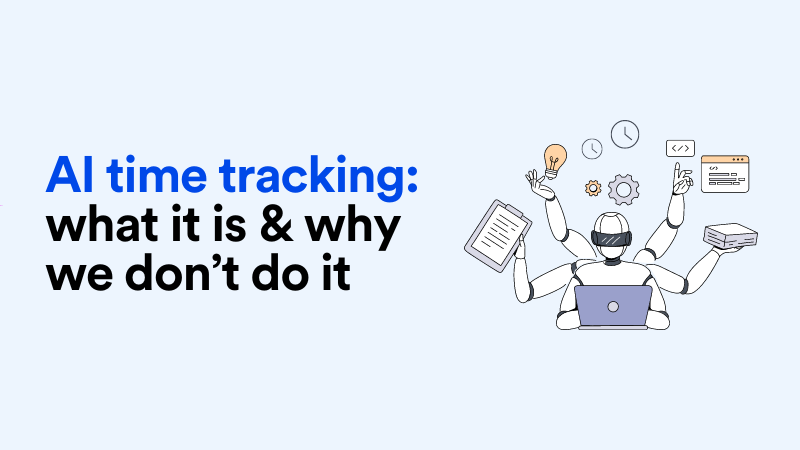



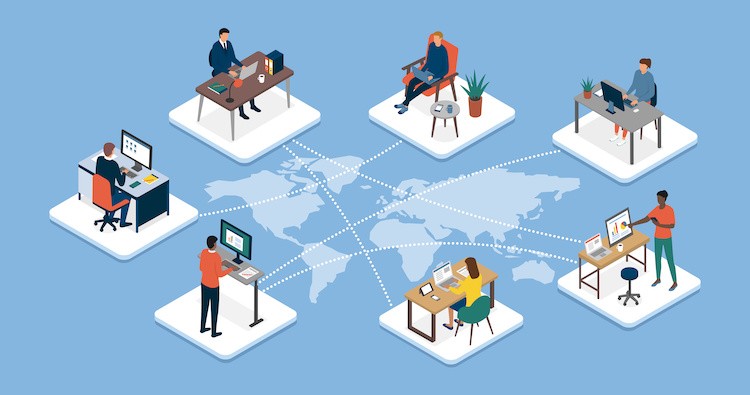
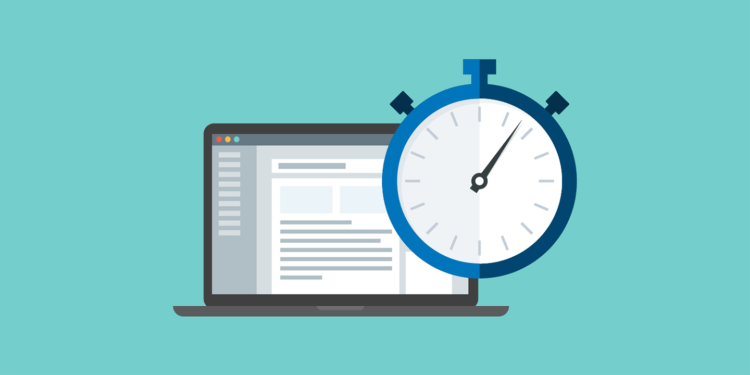



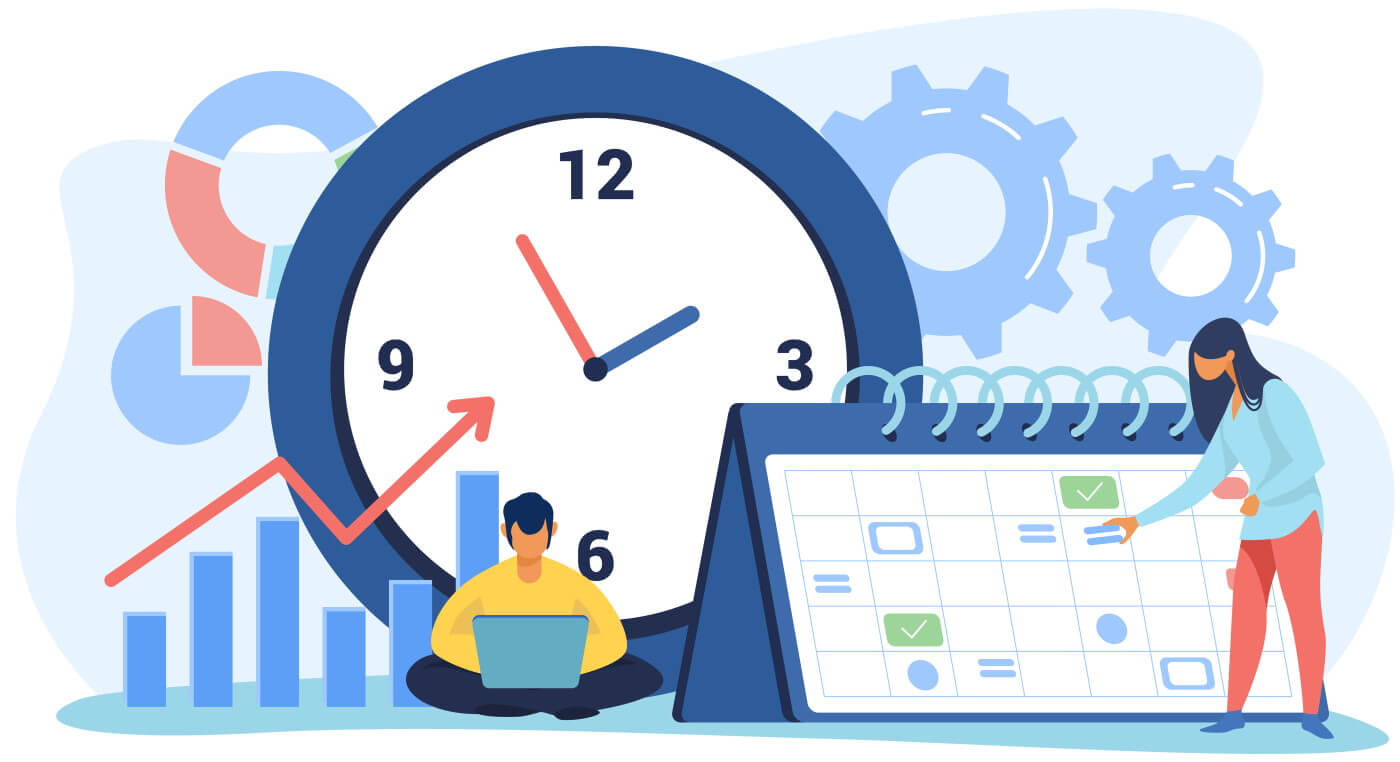

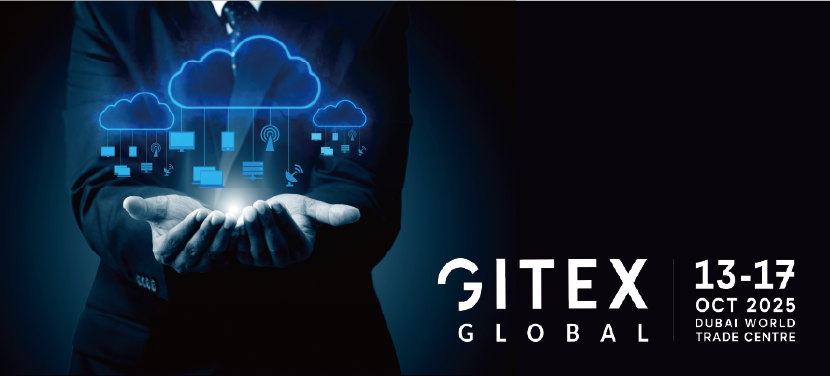





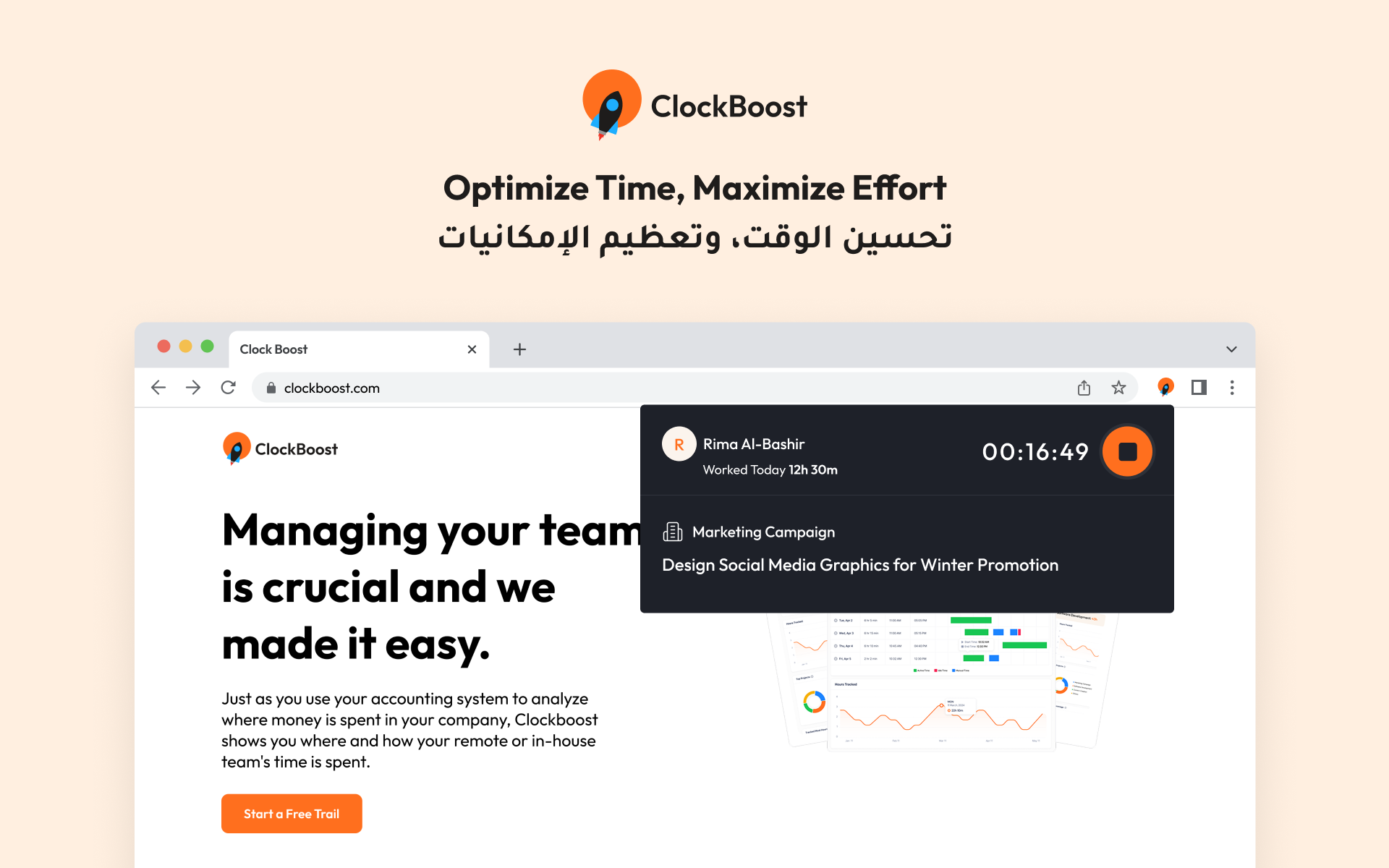





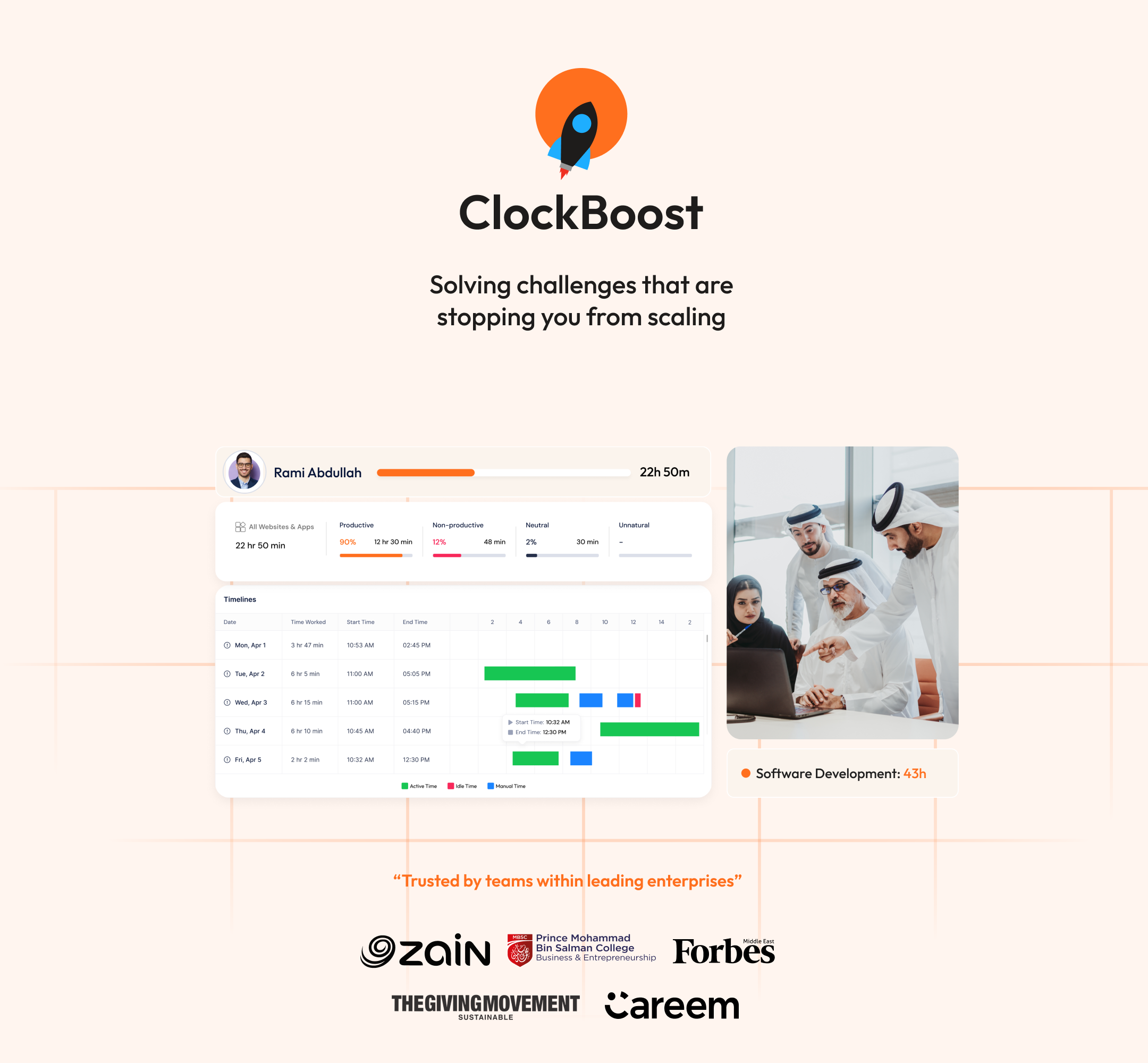

.png)

